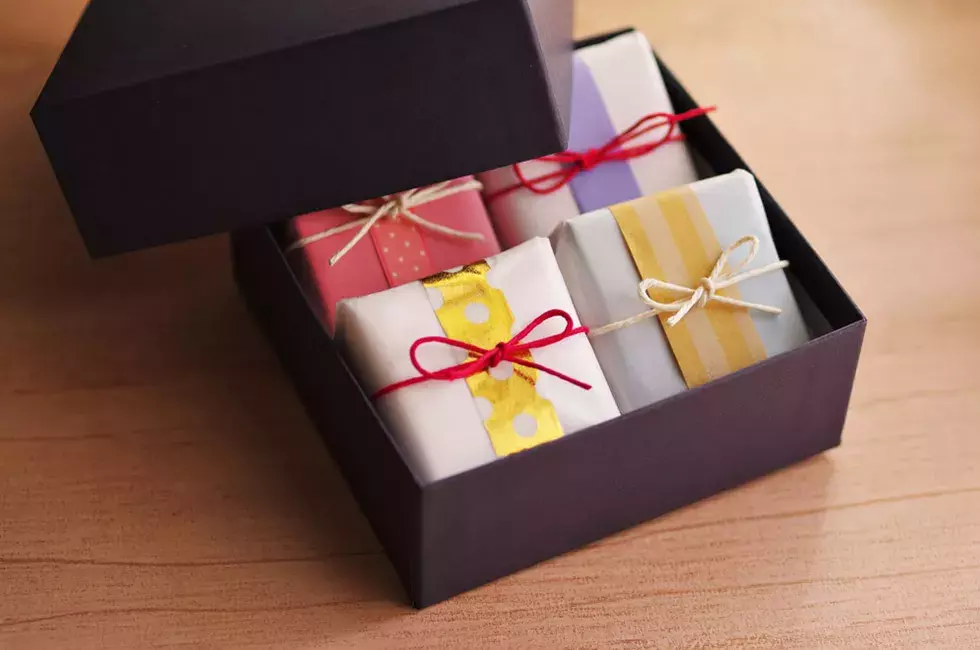
As St. Francis of Assisi once observed, “it is in giving that we receive.” This beautiful paradox is what makes gift-giving worthwhile –by giving to others, we get something far greater in return. Historically, gifts forge connections between individuals and communities, embedding us all in a web of obligation, respect and gratitude. We give gifts to thank those who have helped us in the past, and to whom we might become indebted again in the future. This is the spirit that animates gift traditions around the world, perhaps nowhere so much as in Japan where gift-giving has been elevated to an art form.
Gifts are an essential part of Japanese culture, with complex rules of social etiquette. The type of gift may vary widely depending on the occasion, season, and relationship between giver and recipient. When a person goes on a trip, it’s expected that they will return with souvenirs for their colleagues, friends and family. These traveling gifts are known as omiyage, and this tradition likely stems from sacred pilgrimages in ancient times, when pilgrims to Shinto shrines would bring back spiritual items to their families. Today, every airport, train station, and other transportation hub in Japan stocks specialty omiyage gifts for this purpose, with popular choices being food, sweets, tea, or crafts locally produced in the region. Temiyage describes more general “thank you” gifts which are presented when visiting someone (and are also called omotase by the receiver).
While these gifts can be given year-round, there are also two gift categories tied to specific seasons. One is ochugen, typically given around July 15, and the other is oseibo, given in the first half of December. The roots of ochugen and oseibo may date back to the Edo period in 17th century Japan, when tokens of loyalty were given to one’s superiors in feudal society such as a lord or a general. Today, these gifts are given to colleagues, as well as others who have helped you throughout the year, including doctors, professional service providers, and of course family and friends. Both times are occasions for gifts like elaborately packaged foods, fruit, desserts, beer or spirits. In recent times, the custom of oseibo has overlapped with the imported idea of Christmas, and gifts may be given with a nod to both traditions. If the gift is given between December 26 and January 7, it is technically onenga, a New Year’s gift to ring in the start of a new solar year on January 1.
No matter the occasion, the gift’s presentation is as important as what’s inside. Wrapping is key, whether swaddled in a traditional furoshiki cloth with intricate folds and knots, or in noshigami (paper wrapping) elegantly tied up in the vendor’s gift box. Most products designed for giving (like the omiyage on travelers’ routes) will already be prepared with this in mind. Also significant is the way the gift is exchanged. It’s best to pass a gift with both hands to the recipient, perhaps with a phrase indicating it’s just a small, humble token of the giver’s appreciation. “It’s not much, but…” The recipient may try to reject the gift out of politeness, but will eventually accept – completing the loop until the next time they become the giver. The cycle continues, with exquisite and delicious objects forming links in the chain that connects us to those that matter most.

